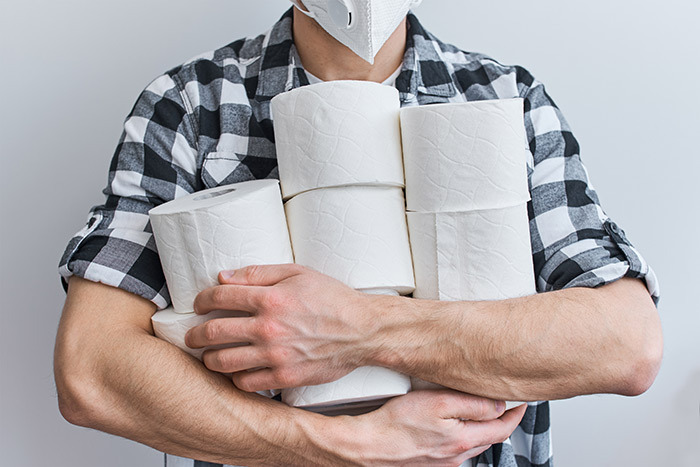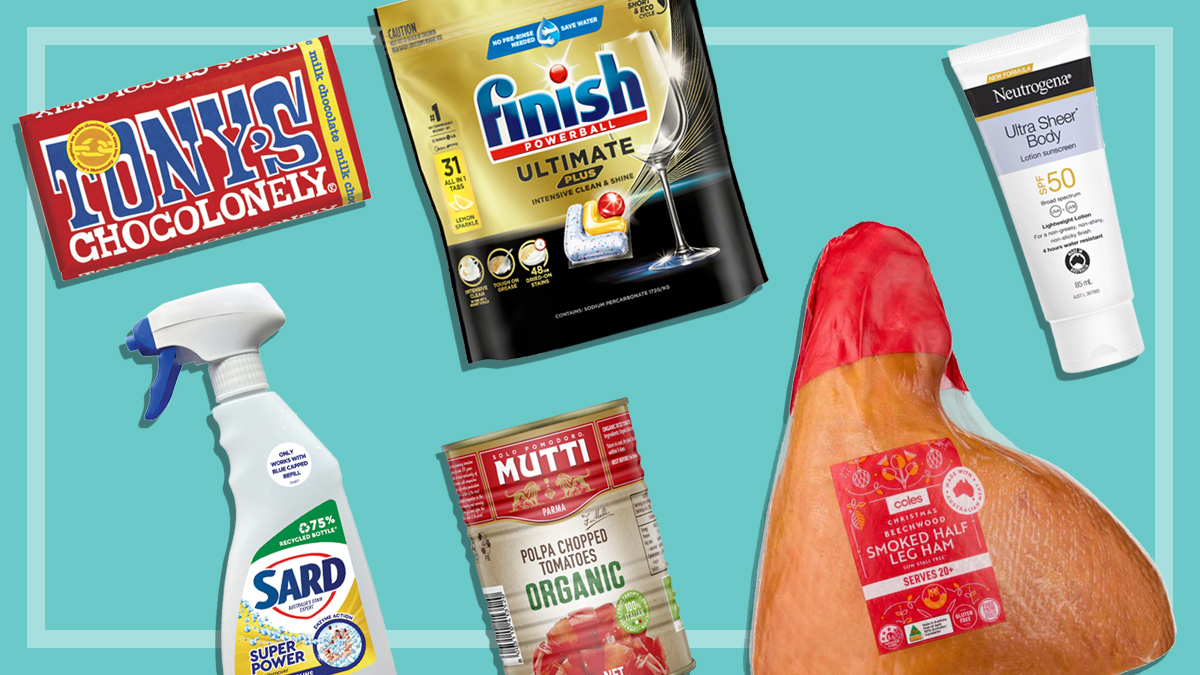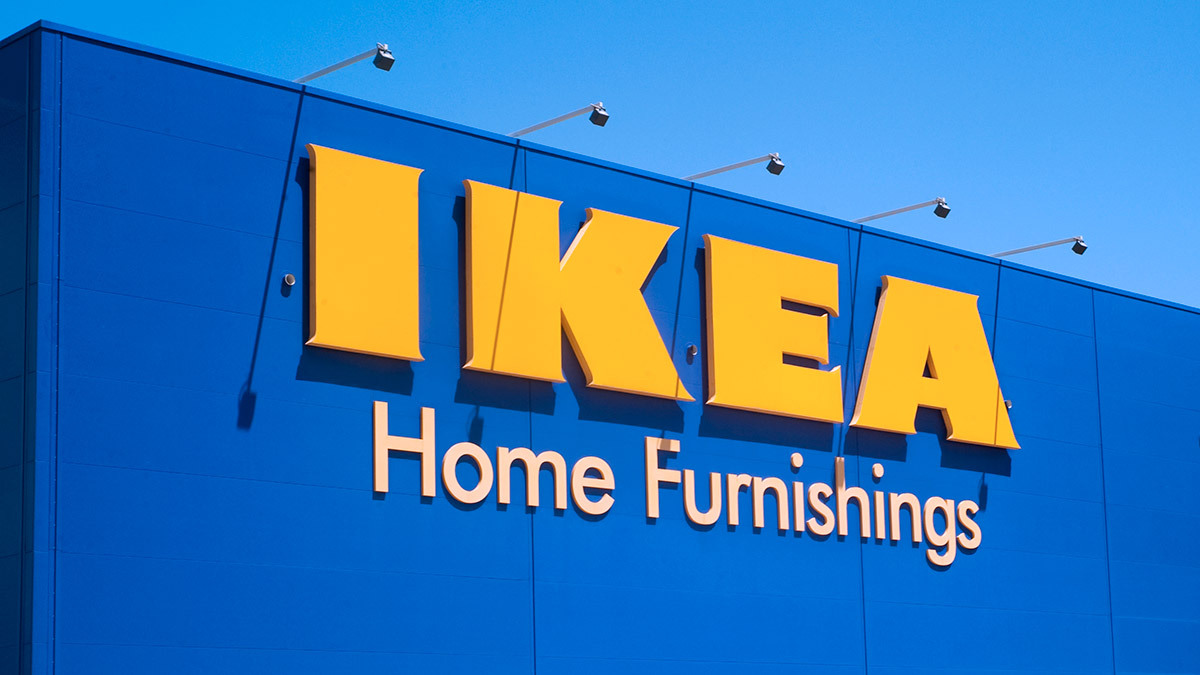Get our independent lab tests, expert reviews and honest advice.
Why it’s still hard to find toilet paper at the supermarket

Need to know
- Shortages in supermarkets are forcing shoppers to visit stores day after day to try to get items they need, hampering their ability to stay at home in line with measures aiming to curb the COVID-19 outbreak
- Purchase limits and increased production appear to have done little to solve the problem of empty shelves in stores across the country
- Panic buying, slow supply chain responses and a genuine need for more household products as people stay at home have meant demand has outpaced supply
Coles and Woolworths say that the availability of products in their stores has been getting better, but this hasn’t been felt by the many people in Australia who are still desperate to get their hands on some toilet paper.
And while many would consider toilet paper an essential item, there’s no law against price gouging on such products, as there is with items like face masks and hand sanitisers.
Three weeks ago, Prime Minister Scott Morrison told people to stop hoarding. “I can’t be more blunt about it. Stop it. It’s not sensible, it’s not helpful,” he said. “There is no reason for people to be hoarding supplies in fear of a lockdown or anything like this… It’s ridiculous.”
Industry has tried to spread the message that there are enough supplies for everyone, as long as shoppers refrain from hoarding
The big supermarkets tried a more reassuring approach. On 5 March, in the first of a steady stream of posts on a Woolworths’ webpage dedicated to announcing stock updates, Brad Banducci, the CEO of Woolworths Group, said: “We’re working very closely with our suppliers to get products onto shelves as quickly as we can.”
Since then, industry has tried to spread the message that there are enough supplies for everyone, as long as shoppers refrain from hoarding. But this message has had a lot of information to compete with.
Why are we stockpiling?
In early March, about a week after media reports warning Australians to “stock up on essentials” sparked a wave of panic buying and viral images of empty shelves in stores, supermarket chains began making a series of moves to expand access to toilet paper and other products.
On its 5 March update, Woolworths announced that the makers of Kleenex, Sorbent, Quilton and Woolworths’ own range of toilet paper had increased production, and introduced purchase limits per transaction on toilet paper, large packs of rice and hand sanitiser.
By 19 March, the company had extended limits to cover paper towels, serviettes, baby wipes, antibacterial wipes, fresh milk and many other products. Further restrictions have been introduced in the weeks since, including on canned and frozen foods, health, hygiene and cleaning products, and alcohol from its BWS stores.
Over four weeks, Woolworths posted on its ‘Stock Level Update’ webpage 15 times, usually announcing more purchase limits it would impose on customers. In two weeks, the national cabinet tightened restrictions on people’s movements six times.
Psychologists say that the scale and speed with which new rules are changing, along with fear of the virus at the root of all these changes, has created a great deal of uncertainty. This can push people to seek control – and some are doing this through stockpiling.
How have companies responded?
Last week, Woolworths and Coles – which, together, make up two-thirds of the country’s supermarkets – told us in separate statements, “Pleasingly, after an incredibly busy period, our stores now have more stock on display for customers and there are signs that the demand is beginning to slow,” (Coles) and “Pleasingly, demand moderated over the weekend and customers are respecting the limits we’ve put in place,” (Woolworths).
But hundreds of people who went to their local supermarkets recently – including Coles and Woolworths – tell us on Facebook that items including toilet paper, pasta, flour, hand sanitiser and cleaning products are unavailable.
A phone call days earlier with a member of Coles’ media relations team had revealed a gap between the company’s understanding of its stock levels in stores and the experiences of shoppers. “What are you talking about?” the media relations employee said, when asked why shelves for toilet paper were still bare in Coles supermarkets. She had walked into a Coles supermarket that day and had seen that toilet paper was in good supply, with no one rushing to grab the packs.

Still, the shortages are severe enough that they’re affecting most shoppers, many of whom are visiting stores day after day in the hopes of getting the items they need. As one commenter wrote, “I got some big industrial [toilet paper] rolls online. So sick of trying to be at the right shop at the right time to get some.”
Some pointed out that shortages were hampering their ability to stay at home as much as possible, in line with government measures aiming to curb the COVID-19 outbreak. “Lots of holes on the shelves here continuously,” one person wrote. “Means one has to visit several stores, cop a lot more exposure, to try to find one or two items.”
Another wrote that, after three consecutive nights of failed attempts to get toilet paper, they rang their local Woolworths ahead of their next visit, and was then given some over the counter.
Some pointed out that shortages were hampering their ability to stay at home as much as possible, in line with government measures aiming to curb the COVID-19 outbreak
Further questions we put to Coles and Woolworths asking for more information to support their claims that product availability had improved in stores, how often toilet paper was being restocked, and why some shelves still sat empty much of the time, went unanswered.
Why are there still empty shelves?
Purchase limits were put in place, and production ramped up, more than a month ago: Woolworths said that the makers of Kleenex and Sorbent were manufacturing 24 hours, seven days a week at their factories, and that Quilton had tripled its normal production.
Yet this appears to have done little to solve the problem of empty shelves in stores across Australia. According to Flavio Macau, a senior lecturer in supply chain management and global logistics at Edith Cowan University and a board member of the Australasian Supply Chain Institute, WA, empty supermarket shelves are proof of slow and unresponsive supply chains. In other words, the industry response to increased demand takes time to reach consumers.
The makers of Kleenex are now manufacturing 24 hours, seven days a week… as are Sorbent… And the makers of Quilton have tripled their normal production
Brad Banducci, CEO of Woolworths Group, on 5 March
Macau says basics such as toilet paper, flour and pasta usually have very low profit margins, which means their manufacturers need to have lean supply chains to make money. That means producing just enough stock to meet demand, with factories, trucks and trains working at near-maximum capacity.
This system worked well until recently because the demand for toilet paper was predictable. Before COVID-19, Macau says, businesses would “definitely know how much toilet paper you’re going to sell next week, so all your planning is done to sell precisely that quantity”.
In contrast, the fashion industry has a fast and responsive supply chain. Macau says that “fast fashion”, which has a high profit margin, is “set to quickly identify spikes in demand and act on them”. To do so, retailers have flexibility in manufacturing, with factories operating below capacity and a supply chain that relies on air transportation.
Supply vs demand
While the pressing problem for Australia’s consumers is that there are too few available toilet paper rolls, a concern for businesses is that there may soon be too many.
Even with purchase limits, as one member of the public put it to us, there’s “nothing to stop people coming back to buy more the same day or following day so I don’t think this is a very effective tactic”. Increases in supply, Macau says, have been outpaced by people still in “hoarding mode”, who are “stockpiling until they feel comfortable”. The amount of stashed toilet paper it takes to feel comfortable varies from person to person.
“The only certainty is that at some point, people will reach this number and the cycle will break,” he says. For manufacturers, “to increase supply really fast by a considerable margin is not really profitable because what’s going to happen – say one, two months from now – is that some people will be stockpiled with toilet paper so they will stop buying because they have enough”.
At that point, demand will fall. For this reason, businesses may be reluctant to increase production beyond a certain point.
Making more toilet paper
“Ramping up production depends on capacity,” Macau says. The first thing companies can do is extend working hours at existing factories, as some toilet paper manufacturers have done.
But once a factory is running 24/7, Macau says, there’s little more that companies would be willing to do to increase production. “It makes little sense to expand business (buy new machinery, etc.) based on a demand that will soon contract,” he says.
Getting it all on shelves
Delivering more toilet paper depends on warehouse space, trucks, and restockers. Coordinating this, Macau says, is “not as easy as it seems”.
Increases in the volume of multiple products at once (Woolworths said it increased its supplies of pasta and cleaning wipes, for example) all need to be catered for in terms of storage and transportation.
Delivering more toilet paper depends on warehouse space, trucks, and re-stockers. Coordinating this, Macau says, is ‘not as easy as it seems’
Getting more truck drivers and staff to restock shelves can be done relatively quickly, but warehousing is trickier and largely depends on how much space can be made available in each region.
When will items be readily available?
Amid the panic buying and the lagging supply chain response, there’s also been a genuine need for more household products. People have been staying home – and therefore eating all of their meals and taking all of their toilet breaks at home – for weeks. It makes sense that they’ve been buying more groceries and toilet paper.
“It may take longer, when you have a permanent increase in demand, for the supply chain to rebalance,” Macau says. How much longer is hard to say for sure, but Macau predicts that toilet paper and pasta will be back in ready supply in a month or two, as purchase limits and restocking efforts take effect and people feel they’ve bought enough to feel secure.
As for hand sanitiser, don’t expect to see any at supermarkets for a long time. The demand for it will stay sky high for at least as long as the current health crisis persists.





